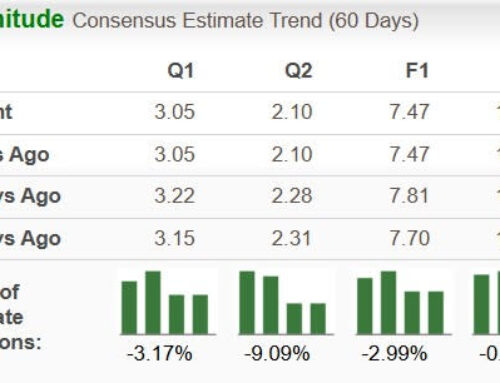Bitcoin price to $50,000? Three reasons why analysts see more downside
November 24, 2025
- Analysts are turning bearish on Bitcoin.
- November has been the worst month for Bitcoin ETFs since February.
- Macro uncertainty continues to dent the market path.
Bitcoin’s price is at risk of crashing another 40% to hit $50,000 in 2026, warns a Wall Street analyst.
Mike McGlone, senior commodity strategist at Bloomberg Intelligence, said on LinkedIn he expects the top cryptocurrency’s price to drop to 60% below its record $126,000 by next year.
“Bitcoin $50,000 or $150,000 in 2026? My bias is toward $50,000,” McGlone said. “Particularly if the S&P 500 has a third down year since 2008.”
His argument? That a combination of a skyrocketing price of gold alongside falling oil prices and volatility in the stock market will incentivise investors’ attitude against riskier assets like Bitcoin.
And he’s not the only one sounding the alarm about increased volatility. Perennial Bitcoin boosters like BitMEX co-founder Arthur Hayes have strayed from their regular bullish dispositions to warn that the top crypto may be in for some pain.
These bearish calls mark a dramatic sentiment shift among market watchers who kicked off the year by predicting that the top crypto would hit $200,000 before the end of 2025, bolstered by pro-industry policies coming out of US President Donald Trump’s second term in office.
Instead of celebrating another all-time high, Bitcoin finds itself treading water near $86,000, up some 7% since its Friday low.
So why have people gone bearish on Bitcoin? Here are three reasons.
More sellers than buyers
The October selloff liquidated over $20 billion and “left meaningful capital destruction that will take time to rebuild,” analysts David Brickell and Chris Mills of the London Crypto Club said in their weekly newsletter.
Bitcoin purchases by corporate treasuries have slowed sharply as market-neutral net asset value, or NAV, strategies slip underwater, the pair said.
If mNAV slips too low, that means that the total value of the company’s shares is below that of the total assets held, which could see treasuries sell their Bitcoin to make up for losses and thus putting more pressure on the price.
Bitcoin exchange-traded funds also point towards plummeting demand.
So far, traders have sold more than $3.5 billion of their assets in November, making it the worst month for outflows since February’s mass liquidation, according to DefiLlama data.
AI bubble fears
Brickell and Mills linked the crypto drawdown with the downturn in the broader stock market, where investors have been cautious amid fears of an artificial intelligence valuation bubble.
Last week, the US stock market suffered its worst whipsaw in months, despite $4.4 trillion chipmaker Nvidia reporting a blockbuster third-quarter.
Cryptocurrencies such as Bitcoin are seen as speculative risk-on assets, performing similarly to the stocks of frontier technology companies in fields like AI.
“The core fear remains whether the massive capex wave behind AI infrastructure will deliver future profits,” Brickell and Mills said. “The market is not ready to abandon the ‘AI bubble’ narrative.”
To be sure, the two are still very bullish on AI, rejecting fears that a bubble is about to burst.
“The market continues to underestimate the exponential scale of a truly transformative technology,“ Brickell and Mills said.
“Near term some froth is being cleared; long term we still see tech as the only game in town, and the Nasdaq [tech heavy US equities index] as the structural outperformer in equity land.”
Liquidity and Fed uncertainty
The big problem, however, is a lack of liquidity in markets, Brickell and Mills wrote.
They said they’d expected the US Federal Reserve to pump money into the market in order to fight inflation, but that this didn’t happen.
Investors are now looking at the Federal Reserve for directional clarity with the next big meeting on interest rates scheduled for December 9 and 10.
On Friday, New York Fed President John Williams revived hopes for a December rate cut, saying there is “room to ease policy in the near term,” Bloomberg reported.
Yet policymakers remain deeply divided. Boston Fed President Susan Collins said she is “not yet convinced” more cuts are appropriate while Fed Governor Michael Barr warned that inflation remains “around 3%” and argued the central bank must “proceed with caution.”
The CME FedWatch tool now assigns roughly 71% odds to a December rate cut, up sharply from last week. Bettors on Polymarket also took into account Williams’ comments, predicting a 67% chance of a cut.
Crypto market movers
- Bitcoin is up 0.2% over the past 24 hours, trading at $86,100.
- Ethereum is down 0.4% over the past 24 hours, trading at $2,800.
What we’re reading
Lance Datskoluo is DL News’ Europe-based markets correspondent. Got a tip? Email at lance@dlnews.com.
Related Topics
Search
RECENT PRESS RELEASES
Related Post




